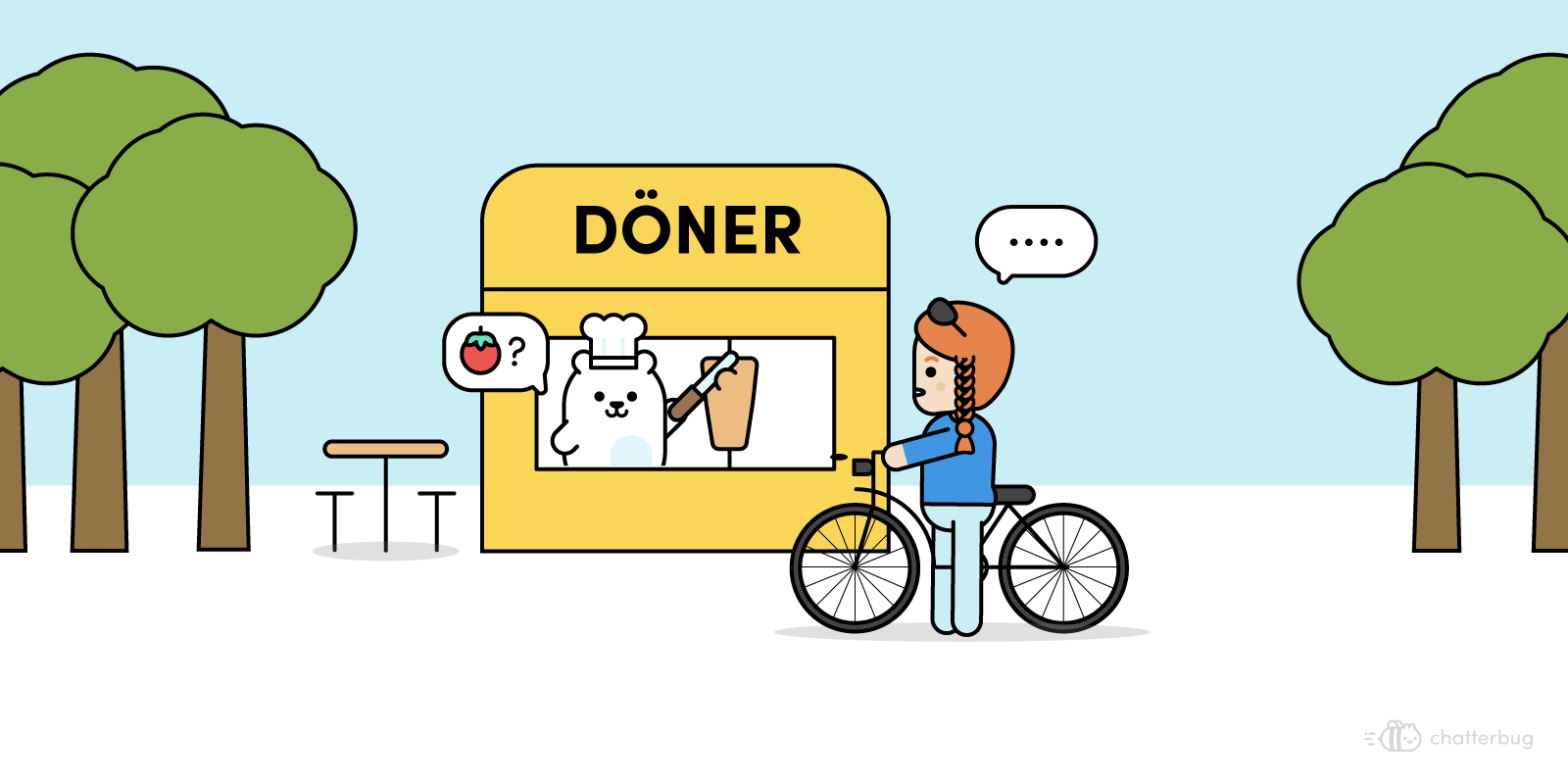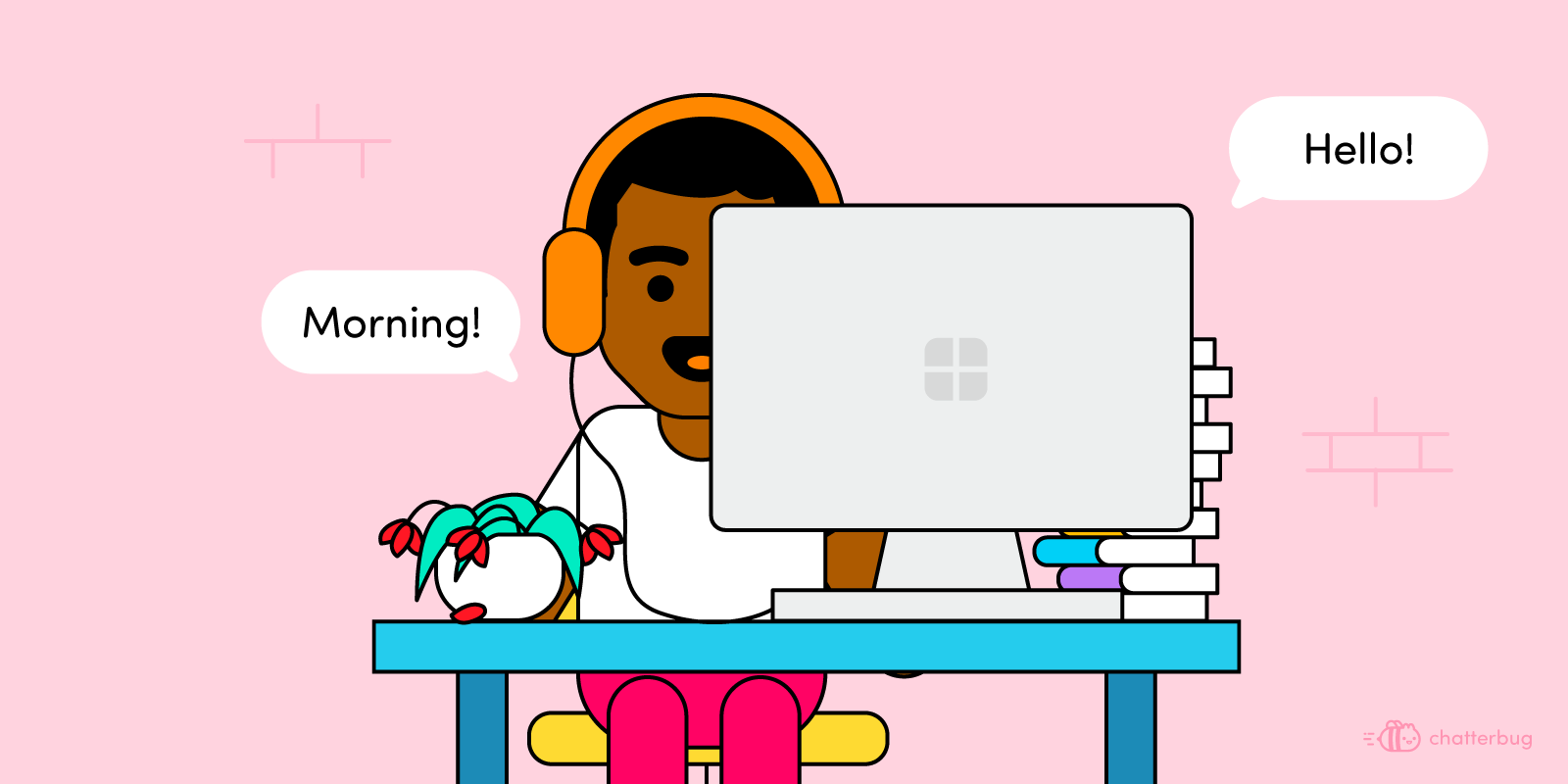How Can You Tell You Are Fluent in a Foreign Language?
Some people appear to have a knack for languages, an innate ability that makes them seem like linguistic superheroes that are able to effortlessly switch back and forth from one to another without batting an eye.
But what does it mean to be fluent in a language? Are there different degrees of fluency? As language learners, how can we tell if someone is fluent? More importantly, how can we tell when, after blood, sweat, and tears (ok, hopefully not, but after a fair amount of effort in any case) WE have reached fluency in our target language? Here, we’ll consider what language fluency means and then suggest some ways of testing out how fluent we actually are so that we know when we can say that we have conquered a language and are not merely at a false summit on our way to the top.
What does being fluent actually mean?
The first thing that we could ask ourselves if we are looking to answer the questions above is what we understand by “being fluent”. An almost dictionary-like definition of being fluent might be that you are fluent when your speaking ability allows you to talk freely, that you don’t have to stop and think and don’t hesitate when constructing sentences and that your speech, well, flows. But this is, of course, something that is completely subjective.
Native fluency
At the highest level, native fluency is considered the gold standard of fluency. But even among native speakers in any language, there are different degrees of fluency; some people just have a way with words!
Some people just really like to talk a lot whereas there are people that are shy, or simply don’t quite enjoy the sound of their own voices so much as others. Are they any less fluent?
Another factor that plays a role is what the conversation is about. If it is something specific, with specific vocabulary, even educated native speakers that are unfamiliar with it will struggle to follow what is being talked about. If you don’t think that is the case, try attending a second or third year law or even a medicine lecture at any university (except if you are a lawyer or a doctor) and see how much you understand!
Another feature of native fluency could be that, when exhibited, the listener does not have any clues that the speaker speaks any other language except the one that they are speaking in. This refers to enunciation and intonation. Finally, being fluent and being eloquent are obviously different things. Take tongue twisters. These often senseless but fun phrases are something that a non-native speaker can potentially say even better than a native speaker. It’s just a matter of practice!

Conversational fluency
The next level of fluency is often taken to be so-called conversational fluency, achieved when a speaker can hold his or her own in a conversation more or less regardless of the topic. Again, however, this is subjective.
Much like how even native speakers might have trouble talking about things that are outside their field of expertise, so will non-native speakers when comfronted by them. On the other hand, it is also possible that a conversational non-native speaker might know more of the jargon related to certain specific things and therefore be able to talk about them at greater length than a native speaker!
Often, however, conversational fluency achieved by non-native speakers will come with some telltale sign. An accent that can sometimes be very thick, an odd way of constructing sentences, difficulty in writing or unusual gaps in their vocabulary as a consequence of not having grown up with the language are usually what sets the two kinds apart.
Communicating and speaking a language well are not the same thing
If you’re in Germany and you speak to the locals in something that is mostly German, but not quite, and they understand you and respond in German, and you can hold a conversation like this that goes back and forth… does that mean you’re fluent?
Well, yes and no.
From the definition above it is fluency, the problem is that you might not be fluent in German, but rather in Denglisch, that mishmash language that is spoken in as many ways as there are people that speak it. Other examples of mixes like this are Spanglish (English-Spanish), Portunhol (Portuguese-Spanish) and Franglais (French-English).
All of the above sometimes do the trick in terms of communication and if they are heard by someone who does not speak the target language, they might even believe that the speaker is fluent in an actual language and not just making it up. But even if native speakers of the target language can understand you, they would usually not judge you to be fluent.
The formal description
If you are studying a language, you might have heard of the Common European Framework of Reference for language levels (CEFR). This is replacing the old “beginner”, “intermediate” and “advanced/fluent” way of talking about language learning levels with something much more precise.
Interestingly, it distinguishes between a conversational and a fluent levels as B2 and C1 onwards respectively with C2 being deemed to be a “near native” level. So if you are taking formal exams or learning with Chatterbug, you can probably start saying that you are fluent in a language at around about the B2 level.
Signs that you are fluent
Some people don’t like exams much however. It is also sometimes the case that people study for exams, pass them, and then begin to forget what they studied, so having someone tell you that they are B2 in Spanish could mean that they can communicate fairly competently, but if they haven’t practiced in years that need not be the case.
Languages are very much a case of “use it or lose it”!
You’ve got banter and people get your jokes
Two rather tough tests of fluency are humour and particularly playful humour in a group setting and banter. Again, banter and cracking jokes are not everyone’s cup of tea, but for the many that do enjoy these things, being able to do them in a foreign language and amongst a group of natives in THEIR language is a huge sign of fluency. Being able to think on your feet and be witty is often hard enough in your own language, so if you can do it in a foreign language, you can and should be proud of yourself. In fact, just being able to follow a conversation in a group of natives, particularly after they’ve had a couple of beers, is already quite a feat and a sign of fluency!

You can talk about things you’re not used to talking about
It can be quite easy to look and even feel more fluent than you actually are if you are talking about topics that you know a lot about and that you are used to. Because you’re going to be saying some things over and over again (like what you do, where you’re from, a couple of anecdotes relating to your life story and how you got to where you are), people might think that you are fluent, even if you are not. If what you want is to fool people, by all means, stay within that particular comfort zone! On the other hand, if you want to really become fluent, you need to go into uncharted waters. Probe more into what THEY do. Their life stories, their field of expertise, anything that you’re not used to talking about. Not only will it help you improve your language skills, you’ll probably have more interesting conversations as well!
Unhelpful strangers understand you
Since fluency is a matter of communication, a good way to gauge how fluent you are in a language is to talk to people you don’t know in that language and seeing if they understand you and if you understand them. The reason for this is that people get used to each other and their mannerisms, so if you have local friends that you speak Denglisch, Spanglish, Franglais or whatever with and they understand pretty much everything you say it might simply be that they are used to you. Strangers on the other hand don’t have that knowledge of you to guide them, so it’s all down to how good you are at the language.
A great way to find out, a litmus test if you will, is any local bureaucracy. If you’re in Germany, pop into your local Finanzamt and ask them about something. If they understand you and you understand them, congratulations. You can start thinking of yourself as fluent.

Conquering a language “mountain”, or even just seeing its peak after putting in some work, is not only a great feeling but also has many benefits. If you’re working on it, keep at it, it’s worth it! If you haven’t begun yet don’t worry; it’s never too late! You can start by looking at our free German, French or Spanish materials. What are you waiting for? Enjoy the climb – and the views at the top.
Want to learn more?
If you’re feeling inspired, sign up below for a free two-week trial and a Live Lesson with a private qualified tutor to start speaking a new language for real! Our classes are structured around exercises created by language teachers, so there’ll be no awkward silences – we promise! 😉
And don’t forget to check out our Facebook, Twitter and Instagram pages for more language content!



